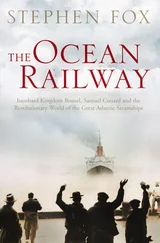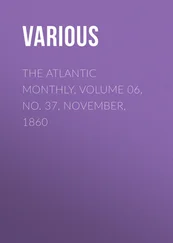Like many of Hitler’s personal passions, the Atlantic Wall was a half-baked scheme. The gnat bites by British Commandos along the French and Norwegian coast provoked Hitler into a massive construction completely out of proportion to its tactical value. Hitler had a visceral enthusiasm for monumental fortification after his experiences as a young infantryman in the trenches in World War I. Ironically, it was the Wehrmacht that had demonstrated the futility of linear defenses against the combined power of mechanized firepower and air attack. Furthermore, the Atlantic coast was so long that it was impossible to create any defense-in-depth with the Atlantic Wall, inevitably resulting in a weak and vulnerable configuration. As Frederick the Great had remarked: “who defends everything, defends nothing.”
German military commanders had mixed feelings about the Atlantic Wall concept. Few commanders believed that the Atlantic Wall could repulse a serious Allied invasion, but many at the same time felt that some degree of fortification was worthwhile given the poor quality of the troops assigned to coastal defense. At the heart of this controversy was the poor fit between the Atlantic Wall fortification schemes and army tactical doctrine. This is evident when examining the German tactical response to Allied amphibious attacks in the Mediterranean Theater in 1943–44. Rather than tie down vast resources in a linear defense of the Italian coast, the Wehrmacht did not immediately contest the landings at Sicily, Salerno and Anzio. Instead, once the landings had taken place, the German commanders mobilized their mechanized forces and staged a violent counterattack against the bridgehead.
When von Rundstedt was appointed to head OB West (Supreme Command West) in the spring of 1943, he ordered a comprehensive inspection of the Atlantic Wall defenses which took place from May to October 1943. The problem was not so much the uncompleted Atlantic Wall as the continuing drain of resources out of France to the Russian Front. The infantry divisions stationed in France were second-rate static divisions, which were hardly adequate for positional defense. The continued decline in troop quality in 1943 was somewhat offset by continuing fortification of the coast, since it was widely believed by German commanders that the poor-quality troops would be more likely to resist from the safety of bunkers than from exposed field positions.

Beach defenses along the Atlantic Wall frequently included anti-tank walls to prevent easy access off the beach. This example on Oye-Plage east of Calais has sunken over the years but shows an interesting example of an improvised machine-gun bunker built into the corner of the walls. (Author’s collection)
Under the circumstances, OB West attempted to meld accepted tactical doctrine with the Atlantic Wall fortifications. The resulting tactics were dubbed “crust—cushion—hammer.” The Atlantic Wall was the crust that would stop or delay the initial Allied invasion and give the army time to move its mobile reserves into action. The cushion was the coastal region immediately behind the Atlantic Wall, which would be covered by proposed “Position II” defenses. This was a half-hearted attempt started in November 1943 to provide some defense-in-depth to the Atlantic Wall through a series of field emplacements. Since there was not enough concrete, construction was limited to earthen defense works. In the event, Position II never emerged as a serious defensive program due to Rommel’s insistence that the emphasis be placed on the initial “crust” of the Atlantic Wall. The “cushion” of the coastal belt also served as a buffer zone since the Panzer commanders did not want to conduct operations near the beaches within the range of Allied warships based on the lessons of the Mediterranean Theater, where Panzer attacks were repeatedly demolished by naval gun fire. The “hammer” was the OB West reserve, primarily Panzer Gruppe West under the command of General Freiherr Leo Gehr von Schweppenburg.
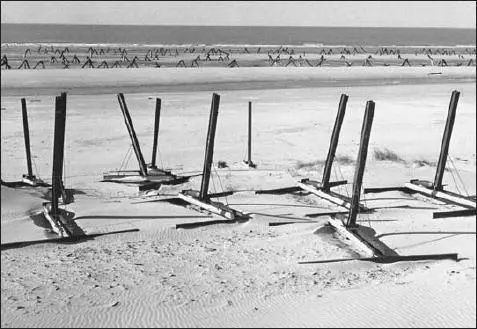
A fairly typical example of beach obstacles in the Fifteenth Army sector east of Dunkirk in September 1944. The obstacles in the foreground are Nussknacker (nutcrackers) made from French artillery projectiles with a pivoting steel trigger designed to blow up under landing craft or tanks. Closer to the sea are a variety of obstacles, mainly wooden tetrahedrons but also some steel Czech hedgehogs. (NAC P-174349 Ken Bell)
OB West grew increasingly worried in early autumn of 1943 due to Allied deception plans such as Operation Starkey , which suggested an invasion against the Pas-de-Calais could happen at any moment. A pungent view of the state of the Atlantic Wall at this time was provided by a letter from the Fifteenth Army commander, Gen.Obst. Hans von Salmuth, to Gen. Jodl of the OKW staff in Berlin:
The Atlantic Wall is no wall!! Rather it is like a thin and fragile cord which has a few small knots at isolated places such as Dieppe and Dunkirk. The strengthening of this cord was no doubt under way during the past spring and summer. Since August the effort has been getting steadily weaker… and any considerable increase in bunker construction will not take place til spring [since] material and labor are lacking. When I visit a position, I invariably receive the report “… workers have been transferred to Todt construction work for the Luftwaffe”… usually of course “on the Fuhrer’s orders.” Hell! Are we army soldiers just dirt?? We are supposed to stand to the last man and to the last bullet. And we do it. Then they should treat us accordingly.
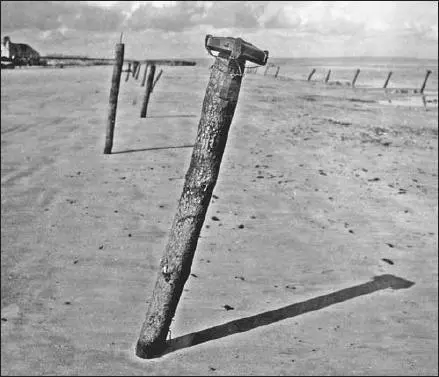
One of the more common types of obstacles deployed in 1944 was a simple post obstruction enhanced by adding a Teller mine on top to blow a hole in the bottom of landing craft. In reality, such mines failed as often as not due to the effect of frequent submersion in seawater, symptomatic of Rommel’s slap-dash obstacle program, which argued that “something was better than nothing.” (NARA)
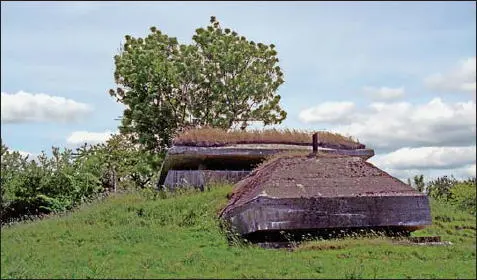
This M262 fire-control bunker of MKB Vasouy of 9./MAA.266 was positioned on the Seine River opposite Le Havre. It is typical of naval fire-control posts, with an observation post below and a rangefinder post above. (Author’s collection)
With the threat of an Allied invasion of France increasing, even Hitler realized that the Western Front could no longer be ignored. His first action in the autumn of 1943 was to appoint Generalfeld-marschall Erwin Rommel to command the new Army Group for Special Employment (later Army Group B) to direct the invasion front. Hitler also authorized Führer Directive 51 on November 3, 1943, that on paper at least reoriented the strategic priorities for resources and ordered that additional steps be taken to reinforce the Western Front due to the likelihood of Allied invasion sometime in 1944.
Rommel approached his new assignment with characteristic vigor and began a tour of the defenses starting in Denmark in December 1943 and working his way down the French coast in early 1944. He came to this new command with a different perspective than most senior Wehrmacht commanders, having spent the past several years fighting the Allies in the Mediterranean Theater rather than the Red Army on the Russian Front. His last assignment had been the command of German forces in northern Italy. While this did not directly involve him in combating recent Allied amphibious assaults in Italy, he had been involved in the debates over the best approaches to repel the Allied landings. In the case of both Sicily in July 1943 and Salerno in September 1943 the Wehrmacht in Italy had followed the accepted doctrine but it had failed to crush the landings. In both cases, the Allied landings were initially unopposed but Panzer forces were promptly mobilized and the beachhead attacked in force. In both cases, the mechanized attacks were stopped cold by a combination of tenacious Allied infantry defense stiffened by a suffocating amount of naval gunfire. During the course of his inspections along the Atlantic Wall, the Allies launched yet another amphibious attack against Anzio in January 1944 and, once again, the German mechanized counterattacks in February 1944 failed with heavy losses. This only served to reinforce his doubts about the current tactics for dealing with Allied amphibious attacks.
Читать дальше








